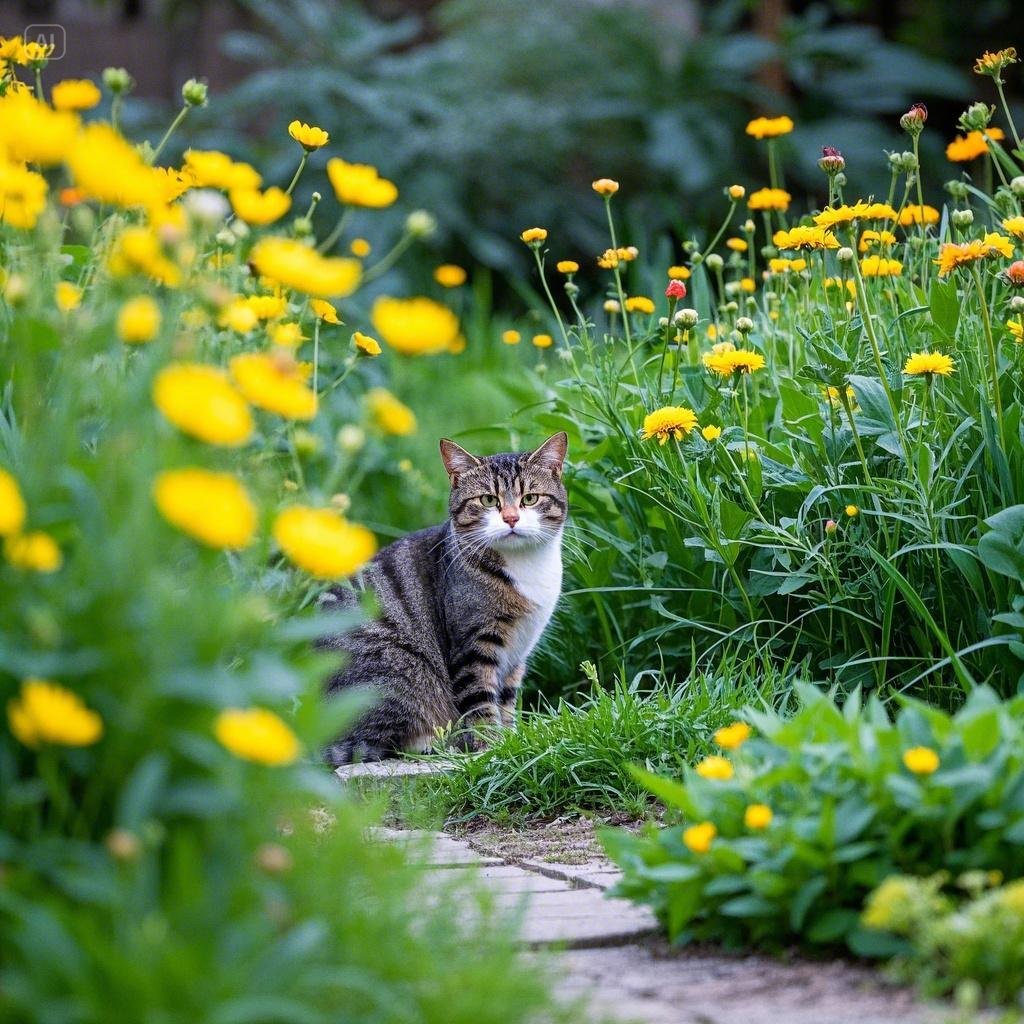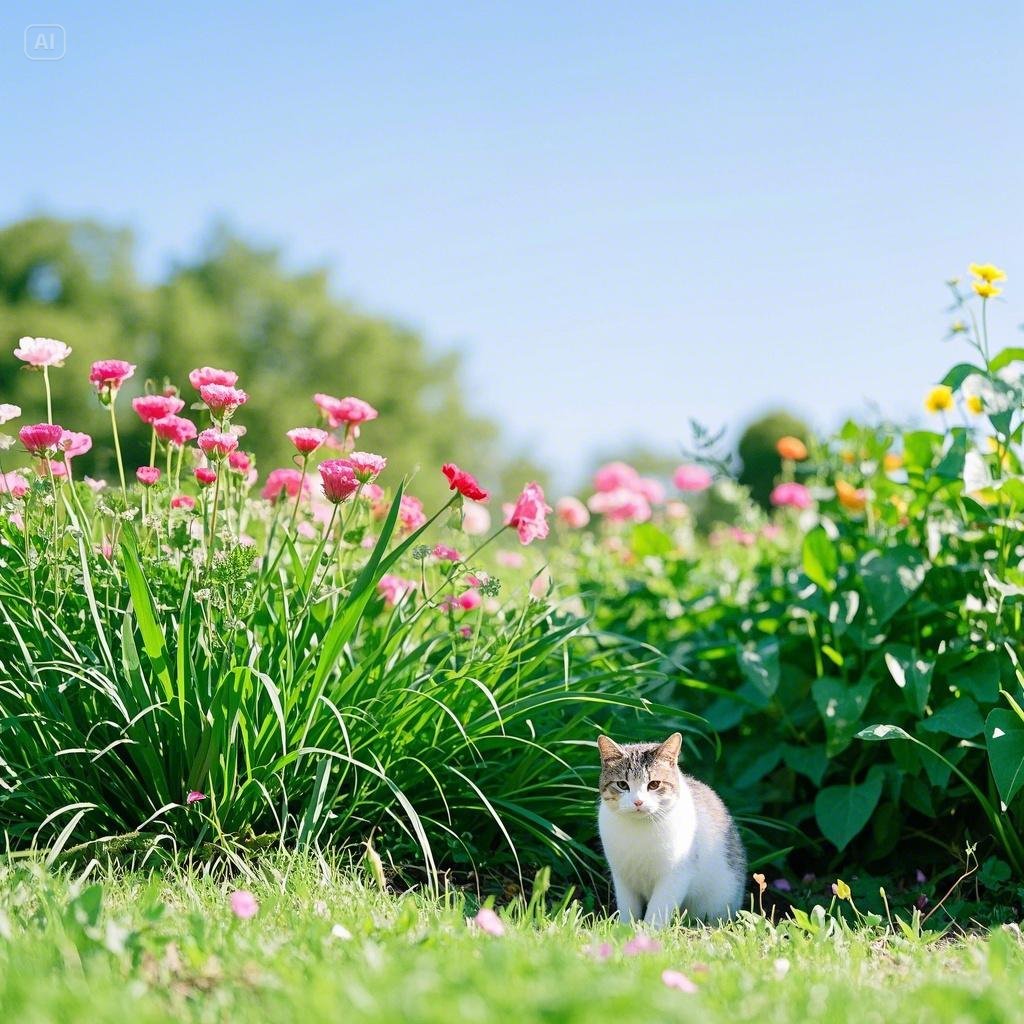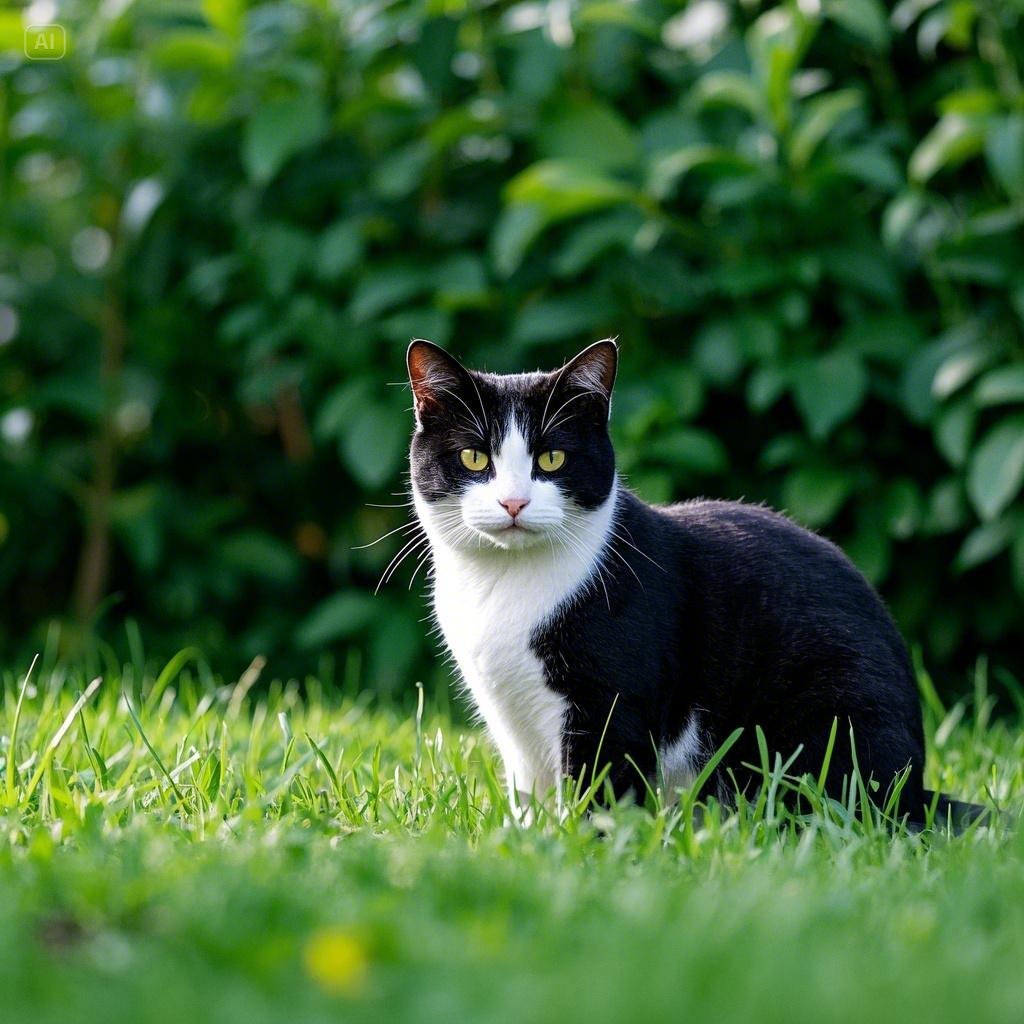Introduction
Cats love exploring the outdoors, and a well-designed cat-friendly garden provides a safe, stimulating environment for them to enjoy nature. Whether you have an indoor cat that needs an enclosed outdoor space or an outdoor cat that requires a secure and engaging garden, this guide will help you design a perfect feline haven. In this article, we will cover essential aspects like plant selection, safety measures, enrichment ideas, and landscaping tips to create the ultimate cat-friendly garden.

Benefits of a Cat-Friendly Garden
A thoughtfully designed cat-friendly garden benefits both cats and their owners. Here are some advantages:
- Physical Exercise: Encourages climbing, jumping, and running.
- Mental Stimulation: Provides a variety of sensory experiences.
- Reduced Stress: Natural surroundings help relieve anxiety.
- Environmental Enrichment: Encourages natural behaviors like scratching and hunting.
- Safer Outdoor Access: Keeps cats away from traffic, predators, and harmful plants.
Choosing Cat-Safe Plants
When designing your cat-friendly garden, it is crucial to select plants that are safe and non-toxic to cats. Some plants are highly poisonous and should be avoided at all costs. Here are some safe options:
Cat-Friendly Plants:
- Catnip (Nepeta cataria): A favorite among felines, catnip stimulates playful behavior.
- Cat Grass (Dactylis glomerata or wheatgrass): Aids in digestion and prevents hairballs.
- Valerian (Valeriana officinalis): Has a similar effect to catnip and promotes relaxation.
- Spider Plant (Chlorophytum comosum): Non-toxic and visually appealing.
- Lemon Balm (Melissa officinalis): Safe for cats and has a calming effect.
- Thyme (Thymus vulgaris): Aromatic and non-toxic for cats.
Plants to Avoid:
Some plants are highly toxic and should never be included in a cat-friendly garden:
- Lilies (Lilium spp.): Extremely toxic and can cause kidney failure.
- Azaleas (Rhododendron spp.): Can cause vomiting, diarrhea, and lethargy.
- Foxglove (Digitalis purpurea): Highly poisonous and can affect heart function.
- Oleander (Nerium oleander): Can lead to severe heart issues.
- Daffodils (Narcissus spp.): Can cause severe vomiting and respiratory issues.
Creating Safe Outdoor Spaces
To ensure your cat’s safety in the garden, follow these essential tips:
1. Secure the Perimeter
Install fencing or cat-proof netting to prevent escapes. A cat enclosure or “catio” can be a great option if you live in an urban area or near busy roads.
2. Provide Shaded Areas
Cats love basking in the sun but also need shaded spots. Use plants, shrubs, or cat-friendly garden structures like pergolas to create cool resting areas.
3. Avoid Toxic Chemicals
Many pesticides, herbicides, and fertilizers contain toxic substances harmful to cats. Opt for organic gardening practices or pet-friendly alternatives.
4. Offer Water Features
A small pond or a running water fountain can encourage hydration and add a calming element to the garden. Ensure ponds have shallow areas so cats can safely drink without risk of drowning.
Creating a Stimulating Environment
A cat-friendly garden should include elements that stimulate natural feline behaviors:
1. Climbing Structures
Provide cat trees, sturdy branches, or cat shelves for climbing and perching. Cats enjoy elevated areas where they can observe their surroundings safely.
2. Digging Spots
Cats love digging in soft soil or sand. Designate a specific area with soft soil or a sandbox to prevent digging in flower beds.
3. Hidden Spaces & Shelters
Create small nooks, tunnels, or hideaways using dense shrubs or outdoor cat houses. These spots provide security and a place to rest.
4. Play Areas
Incorporate interactive features like dangling toys, wind chimes, or motion-activated elements to keep your cat entertained.
Training Your Cat to Enjoy the Garden
Some cats may be hesitant to explore new spaces. Here are a few ways to encourage them:
1. Gradual Introduction
Start by allowing short, supervised visits to the garden before giving your cat full access.
2. Use Treats & Positive Reinforcement
Place treats, catnip, or favorite toys around the garden to encourage exploration.
3. Accompany Your Cat
Spend time in the garden with your cat to build confidence in the new environment.
Maintaining a Cat-Friendly Garden
Once your cat-friendly garden is set up, regular maintenance is key:
- Check for Pests: Regularly inspect plants for toxic pests and use natural remedies like neem oil if needed.
- Trim Plants & Grass: Overgrown areas can hide dangers like sharp sticks, snakes, or harmful insects.
- Clean Water Sources: Regularly replace water in fountains or bowls to prevent contamination.
- Refresh Enrichment Areas: Rotate toys and hiding spots to keep the space engaging.
Conclusion
Creating a cat-friendly garden enhances your feline’s quality of life by providing a safe, stimulating, and enjoyable outdoor space. By choosing the right plants, incorporating engaging features, and ensuring safety, you can transform your garden into the perfect paradise for your cat. Implement these tips, and watch your cat thrive in their new outdoor oasis!

